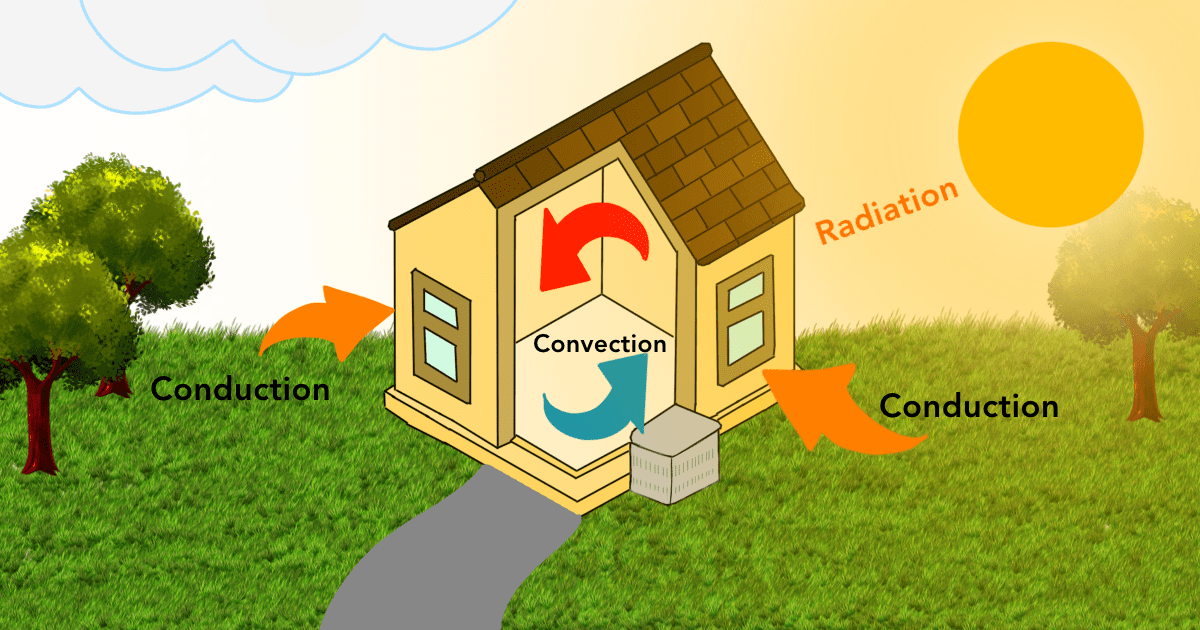- 2.5Impact Factor
- 5.5CiteScore
- 20 daysTime to First Decision
Heat Transfer in Buildings
This special issue belongs to the section “Civil Engineering“.
Special Issue Information
Dear Colleagues,
Building energy consumption has reached approximately 30% of the global energy consumption, which is very large and creates a huge challenge to achieve a global plan of energy conservation and emission reduction or even carbon neutralization in the future. Accordingly, it is important to assess energy consumption in buildings for engineers, designers and businesses in the society of buildings. More than 50% of energy consumption in buildings is related to heating, cooling and ventilation, which are significantly affected by heat transfer in buildings. Further, understanding of heat transfer in buildings is of practical significance and is interesting for researchers.
To obtain insights into heat transfer in buildings, researchers have performed many studies of natural convection and ventilation in buildings through flow visualization and heat transfer measurement. However, further studies devoted to identifying dynamics, characterizing flows and quantifying heat transfer are always expected in order to present new conceptions and make new ideas for heat transfer in buildings.
To reduce the energy consumption of buildings, engineers have also devoted themselves to developing innovative technologies and new generation designs of buildings. Accordingly, further investigations of various strategies and optimizations through adopting new energy components, solar roofs, solar chimneys and BIPV and BAPV design are being anticipation by designers to achieve thermal comfort and energy reduction of buildings.
As mentioned above, the Special Issue is aimed at collecting high-level research on such fields as: heat transfer in buildings, convection, ventilation, flow visualization, measurement of thermal environment, assessment of thermal comfort, utilization of solar roofs, solar chimneys and energy components in buildings, and the role of BIPV and BAPV in energy consumption and emission reduction.
Dr. Suvash C. Saha
Prof. Dr. Feng Xu
Prof. Dr. Yifan Fan
Guest Editors
Manuscript Submission Information
Manuscripts should be submitted online at www.mdpi.com by registering and logging in to this website. Once you are registered, click here to go to the submission form. Manuscripts can be submitted until the deadline. All submissions that pass pre-check are peer-reviewed. Accepted papers will be published continuously in the journal (as soon as accepted) and will be listed together on the special issue website. Research articles, review articles as well as short communications are invited. For planned papers, a title and short abstract (about 250 words) can be sent to the Editorial Office for assessment.
Submitted manuscripts should not have been published previously, nor be under consideration for publication elsewhere (except conference proceedings papers). All manuscripts are thoroughly refereed through a single-blind peer-review process. A guide for authors and other relevant information for submission of manuscripts is available on the Instructions for Authors page. Applied Sciences is an international peer-reviewed open access semimonthly journal published by MDPI.
Please visit the Instructions for Authors page before submitting a manuscript. The Article Processing Charge (APC) for publication in this open access journal is 2400 CHF (Swiss Francs). Submitted papers should be well formatted and use good English. Authors may use MDPI's English editing service prior to publication or during author revisions.
Keywords
- heat transfer in buildings
- convection and ventilation
- water heating
- phase change materials (PCM) for buildings
- thermal bridge
- solar roof and chimney
- BIPV and BAPV
- high performance buildings
- coupling heat and moisture transfer in buildings
- carbon emission estimation and reduction in buildings

Benefits of Publishing in a Special Issue
- Ease of navigation: Grouping papers by topic helps scholars navigate broad scope journals more efficiently.
- Greater discoverability: Special Issues support the reach and impact of scientific research. Articles in Special Issues are more discoverable and cited more frequently.
- Expansion of research network: Special Issues facilitate connections among authors, fostering scientific collaborations.
- External promotion: Articles in Special Issues are often promoted through the journal's social media, increasing their visibility.
- e-Book format: Special Issues with more than 10 articles can be published as dedicated e-books, ensuring wide and rapid dissemination.

